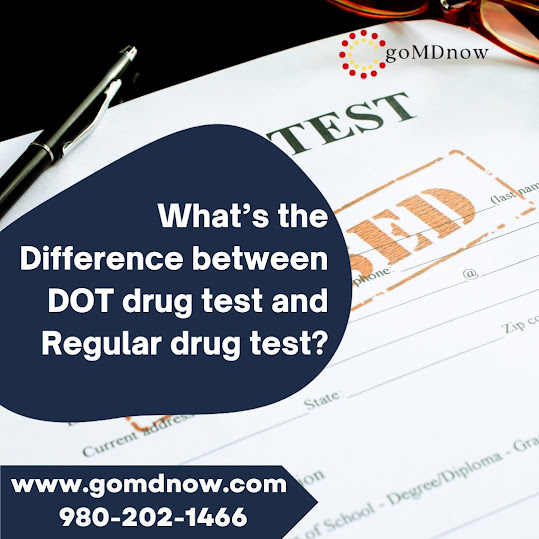Where can you get clear results of RTD process?
Return to Duty means somebody failed a drug or alcohol test and they need to get back to work now. This means a couple of different things, for example; If an employee is regulated by the DOT (Department of Transportation) as a commercial truck driver by someone with a CDL (Commercial Driver’s License), you can fire him if he fails a test but he still has to complete the DOT-mandated or return to duty process which we will talk about in a second.
But if it’s not a regulated employee and you
want to keep them, then you are going to want to document what your RTD
process is for this type of individual.
Return to Duty Complete Process
All right! So, what does the return to
duty process look like? Well! I am going to talk about the DOT one
because if you are going to do this for an unregulated employee, you probably
want to copy at least some of it. First of all, remove immediately the employee
from any safety-sensitive work, so, if they drive a truck, they drive a
forklift, they work on airplanes, they do anything where somebody could get
hurt the employee or someone else, remove them from that duty.
Steps of the Return to Duty Process:
- Get a SAP Evaluation:
They need to go to see some employee assistant
for a DOT that calls a SAP (Substance Abuse Professional) who is certified for
this purpose, they will meet with this person, and they will pay the fees
typically, you make the employee pay for it, they have a lot of counselling.
- Complete an SAP Recommended
Treatment:
The SAP will have some recommended treatment
so this person has to go to the treatment facility, whatever is recommended.
Again pay for that. It can be a lot of hours, once they have completed that
program, they go back to the SAP, and the SAP will say, “Okay! You have
completed all this stuff, here is what I am recommending one more test, you
have to do a return to duty drug and alcohol test”.
That means under DLT (Dose-Limiting
Toxicities), they have to go to a testing facility and it is a directly
observed urine drug test collection, that means a same-sex observer goes into
the bathroom with the donor to make sure they didn’t smuggle anything in.
Make sure everything’s legit. You might not do
that for any DOT but it’s required for DOT so they passed the returned 2d drug
tests and they can go back to work. But that is only the beginning of us.
- Complete the Follow-up testing
program:
All right! What if they go back and start
using drugs again??? That’s where the follow-up testing program comes in, and
under DOT and SAP will recommend, you may want to come up with your own policy,
but the SAP will require a minimum of six follow-up tests in the first 12
months. Here is something else that a lot of people don’t really understand
what’s say; let’s say you fire a regulated employee, a truck driver for failing
a drug test. That doesn't mean, it doesn’t have to go through the process.
Because this driver is not eligible to work, to drive for anybody until he’s
completed the return to duty process.
Final
Verdict:
Always keep this in your mind! When you’re
hiring a driver, let’s say it’s a trial or anybody who is willing to deal with
you, you hire them, you don’t know their testing history, so it is obligatory
for you to ask the former’s employers for their paperwork. This is really very
important because if you hire an ineligible driver then he may harm himself or
anybody else. However, if you are searching for where you can get clear results
of the RTD process, then there is no other best option for you
than to go for goMDnow.com As
the services of goMDnow are open 24/7. And we provide the best care and
support.


.jpg)

Comments
Post a Comment